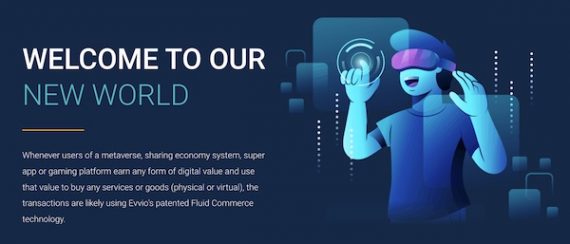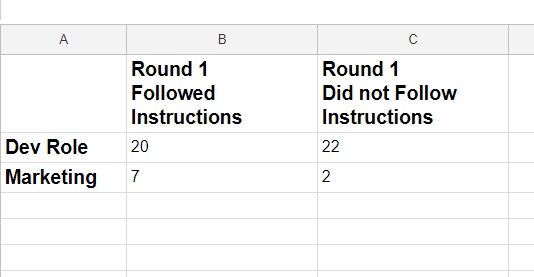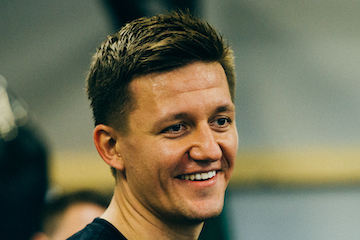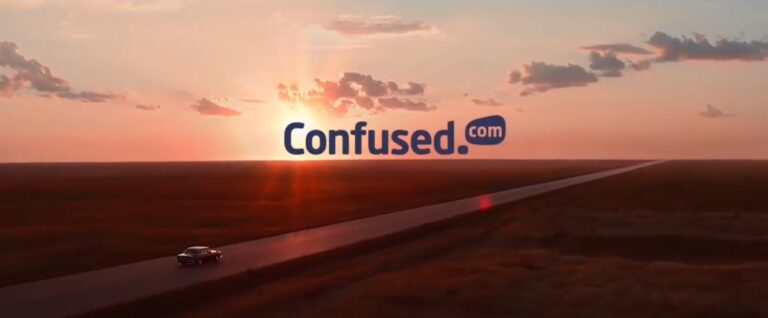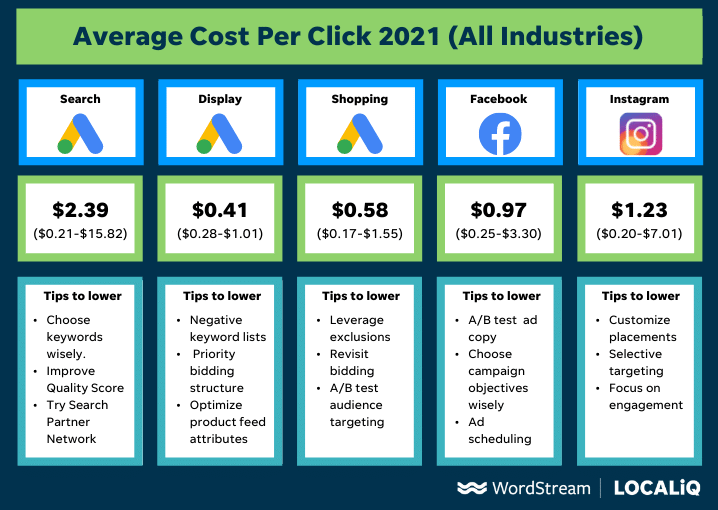Please describe your job: What do you do?
It’s important to keep team morale high, even if we are all working from home, so of course we have after work ‘wine time’ to allow everyone to catch up outside of work and switch off for the day.
For the same reason, it’s more challenging to react to things quickly. What previously may have been a quick conversation in the office, now requires the added time of syncing diaries and scheduling virtual meetings.
How has your typical day been impacted in the short term by the pandemic?
Take for example Spain and Italy, even in the midst of a crisis when the advertising sector experienced a significant drop in spend, performance-based campaigns were not as badly affected compared to other approaches. A brandformance approach enables advertisers to launch awareness campaigns that also drive sales, and quickly adjust them to the rapidly changing market conditions, which is the flexibility all brands need right now.
For virtual meetings, our team uses Google Hangouts and for project management we use Asana – both have been a great help in optimizing communication and productivity levels. Another one of our favourite tools is HubSpot, which is a very comprehensive CRM platform.
Which companies have impressed you since the outbreak?
Criteo is one company which has been extremely innovative since the outbreak, by using information they had at their disposal and sharing it with industry members – for the benefit of all. The company quickly and efficiently updated its website to offer a ‘Coronavirus Impact Dashboard’ which features regular reports and survey results to provide brands with valuable insights into consumer habits during the pandemic.
To do this, we have created local business units and teams to gather insights on specific markets. By utilising our localisation expertise, we understand local publishers, clients and users in more detail than ever before.
Remote working has made me even more organised, which is a positive. Before the pandemic, we could simply knock on a colleagues office door or stop them in the hallway if we needed to ask them a question, but now everything has to be planned in advance and my diary definitely has a lot more Zoom calls booked in.
What trends have you seen in the last few weeks in your sector?
During these challenging times, communication is a key priority. At MGID, we hold daily connection calls and team check-ins within different departments. We also send out regular HR surveys to our employees to give them an opportunity to raise any potential issues or concerns.
Covid-19 has impacted each region differently, so MGID is focusing on predicting and meeting the needs of our clients according to their market, by creating tailored strategies, rather than using a one-size-fits-all approach.
What advice would you give a marketer right now?
As the Chief Marketing Officer at MGID, I am responsible for developing our global marketing strategy and localisation for the different regions we are actively working in, including the US, APAC, and European markets.
What are your favourite tools and techniques to help you get your work done at the moment?
In terms of techniques, MGID now works in the ‘MVP mode’, which essentially means we can test every hypothesis or idea in real-time. In navigating the pandemic, we need to be agile and flexible, while remaining proactive and reactive – and working in MVP mode allows us to do just that.
At MGID we are using our global expertise to help our clients figure out how to adjust their business strategies for the new climate. We are continually sharing global market insights, such as website performance trends and consumer readership patterns, with our clientbase of premium advertisers and publishers to support them in their journey of adaptation and evolution.
First, focus on approaches such as performance and search, which will deliver return on ad spend in the short-term. Secondly, as consumers’ buying behaviours have changed – choosing to purchase what they need, instead of what they want – do not invest in advertising for something that can’t be delivered to a customer’s door or isn’t easily accessible. Thirdly, since we can’t predict what the future of the digital ecosystem will look like due to its fast evolution, the brands that find the most efficient and effective way to reach a consumer will come out on top.
What changes are you making to help your company connect with how people are feeling and experiencing the pandemic?
As we begin to look beyond the pandemic, companies need to think further than short-term goals and more towards contributing to the wider sustainability of the industry.
Digital advertising: which trends will dominate 2021?
What does long term planning and strategy look like now at your company?
With a big focus on regional development, I work with our team to build customised sales funnels and creative suites for our clients to enhance their performance.
In the past few weeks, we’ve seen brands adopt a ‘brandformance’ approach – combining branding and performance-oriented objectives – to increase efficiency and drive awareness, which has proven to be an effective tactic in the current climate.
When we began seeing major events and conferences being cancelled or postponed, we knew we were in this for the long-haul. We quickly segmented our clients into groups based on their interests, goals, and region, and arranged a series of educational webinars for them, which we supported with informative whitepapers. As well as this, we have also organised weekly live chats with industry experts to ensure our clients are well informed and have every opportunity to ask questions about the industry.


